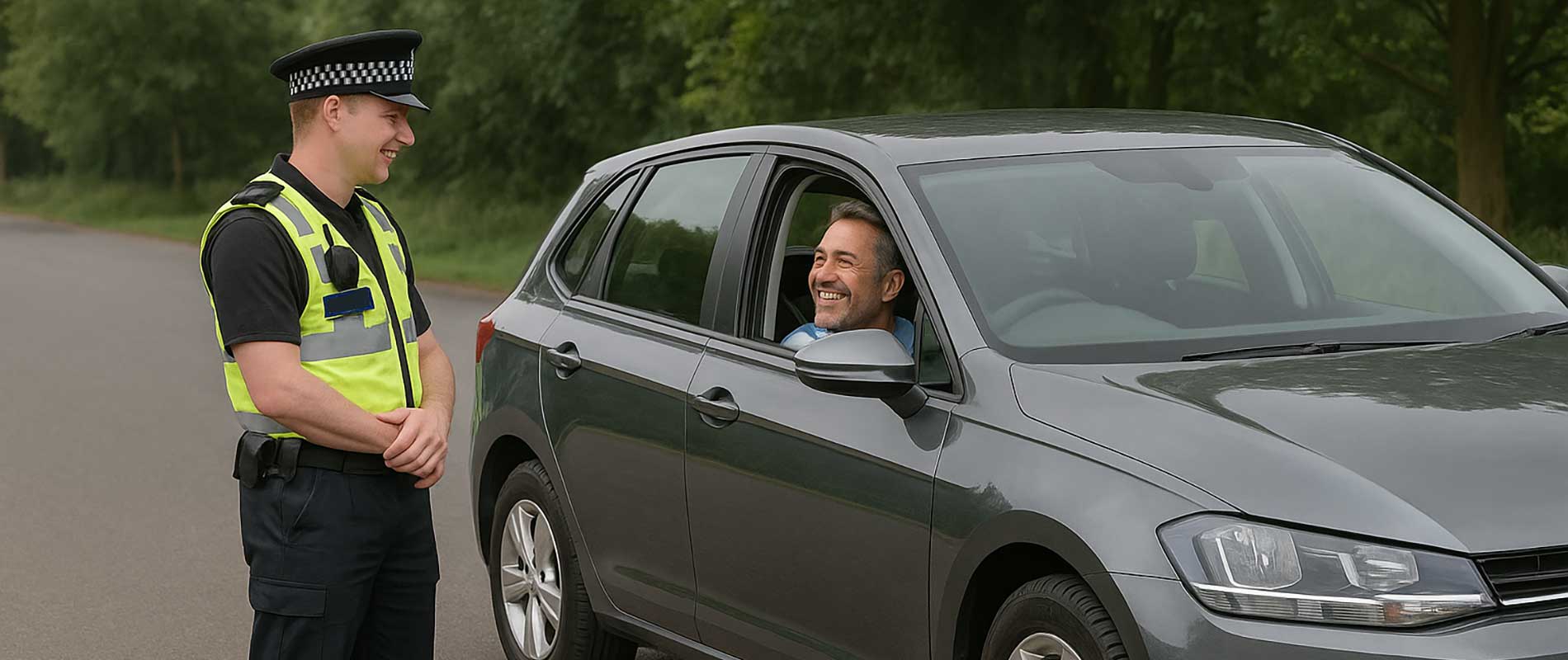What It Actually Means
Convicted driver insurance isn’t a different type of policy in itself. It’s ordinary car insurance that’s tailored to people who’ve had motoring convictions; anything from speeding and using a phone while driving, to bans for drink- or uninsured driving. Mainstream insurers often treat these drivers as higher risk, so specialist companies step in to provide cover when others won’t. The idea is simple: to help you drive legally again without being punished twice for the same mistake.
It’s perfectly legal and regulated in the same way as any other policy. The only real difference lies in how the insurer assesses your risk and sets your premium.
Why Premiums Are Higher
Insurers price risk using statistics. A conviction tells them that something went wrong in the past; so they assume a higher chance of future claims. Even if your conviction was minor or years ago, it still influences the price until it’s considered “spent.” Serious offences such as drink-driving (DR10) or driving without insurance (IN10) carry the biggest penalties in both legal and financial terms.
The premium isn’t just about punishment; it reflects probability. Once you’ve completed a few clean renewals and shown steady driving behaviour, your rates begin to fall again. It’s a long game, but it works.
Who Needs It
Convicted driver insurance is relevant to anyone who has received:
- Penalty points on their licence, usually for speeding or careless driving
- A fixed-penalty notice for using a phone or running a red light
- A court-issued driving ban or disqualification
- A conviction for driving uninsured, dangerous driving, or drink-driving
Even if the conviction seems minor, it must still be declared for at least five years (or eleven for drink-driving offences). Not declaring it could invalidate the policy completely, so honesty really is the only option.
How to Find a Fair Quote
Some people start with comparison sites, but most convicted drivers end up speaking directly to specialist brokers. These brokers work with insurers who manually assess risk rather than relying purely on algorithms. They look at your current circumstances, not just your record. For example, if you’ve completed a rehabilitation course, changed your driving habits, or now keep your car garaged, they’ll take those into account.
It also helps to be flexible. Choose a modest car in a lower insurance group, keep mileage realistic, and consider paying annually to avoid interest on monthly instalments. Every small gesture of responsibility adds weight to your case.
Temporary or Long-Term Cover
If you’re just returning to driving after a ban, a short-term policy can bridge the gap while you rebuild your record. It’s often used by people who haven’t driven for a while and want to ease back in. Long-term policies make more sense once you’re settled, as they usually work out cheaper overall and help you collect a fresh no-claims bonus.
Both options are available through specialist convicted driver insurers, though temporary cover tends to have stricter eligibility checks. Either way, it gets you back on the road legally and gives you a clean start.
Building a Clean Slate Again
Convicted driver insurance isn’t a life sentence; it’s a stepping stone. Insurers expect you to learn from the experience, and they reward consistency. A year or two of careful driving, no further penalties, and regular policy renewals can reduce premiums faster than you might think. The key is to stay insured, stay honest, and stay patient.
In the end, it’s about trust; between you and the insurer, and between you and the road. Everyone makes mistakes. What matters now is proving that you’ve turned the corner and you’re ready to drive responsibly again.

